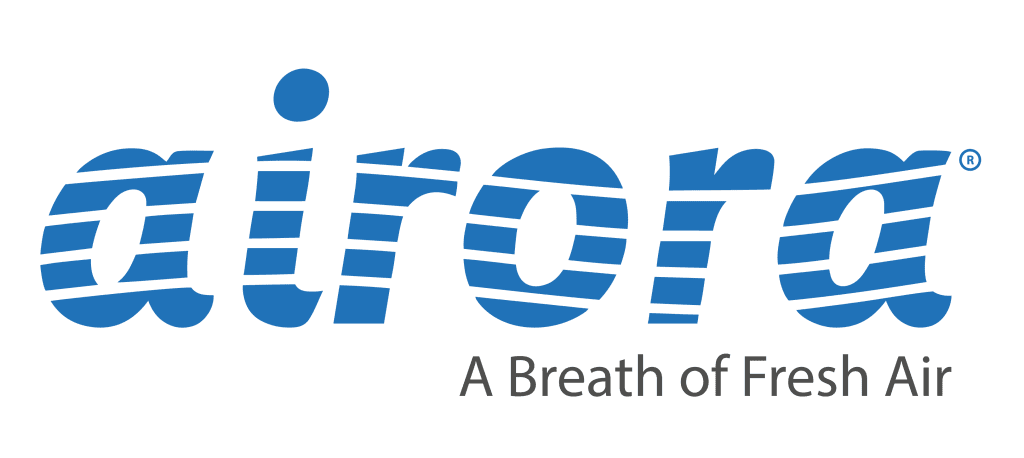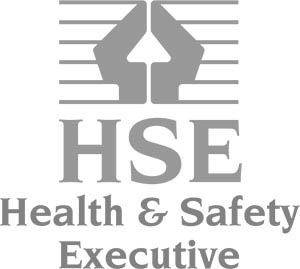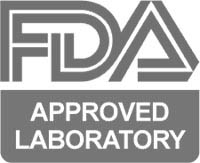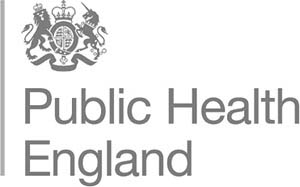It is well documented that the powerful oxidisation effect of hydroxyl radicals removes common pollutants, malodours and common lung irritants such as ozone, volatile organic compounds (VOCs), formaldehyde and carbon monoxide.
BRE has undertaken extensive air quality testing of Airora’s technology. As part of these tests BRE qualified and quantified the test chamber air prior to, as well as during and after testing, in order to ascertain exactly the air emissions created by the Airora technology versus the background air.
These tests confirmed that Airora’s technology breaks down ozone, reduces VOC and carbon monoxide concentrations and does not lead to an unsafe level or accumulation of formaldehyde; indeed, formaldehyde is broken down and reduced over time.
Bibliography
José L. Godínez, Computational Study of the Oxidation of Volatile Organic Compounds, by the OH Radical: An Exploration into the Molecular Realm California State University
Charles j Weschler and Helen C Sheilds, Production of the Hydroxyl Radical in Indoor Air Bell Communications Research
Michael S. Waring and J. Raymond Wells, Volatile organic compound conversion by ozone, hydroxyl radicals, and nitrate radicals in residential indoor air: Magnitudes and impacts of oxidant sources, Atmos Environ 1994
Jesse H Kroll, Christopher Y Lim, Sean H Kessler, Kevin R Wilson, Heterogeneous Oxidation of Atmospheric Organic Aerosol: Kinetics of Changes to the Amount and Oxidation State of Particle-Phase Organic Carbon, J Phys Chem 2015 Nov 5









